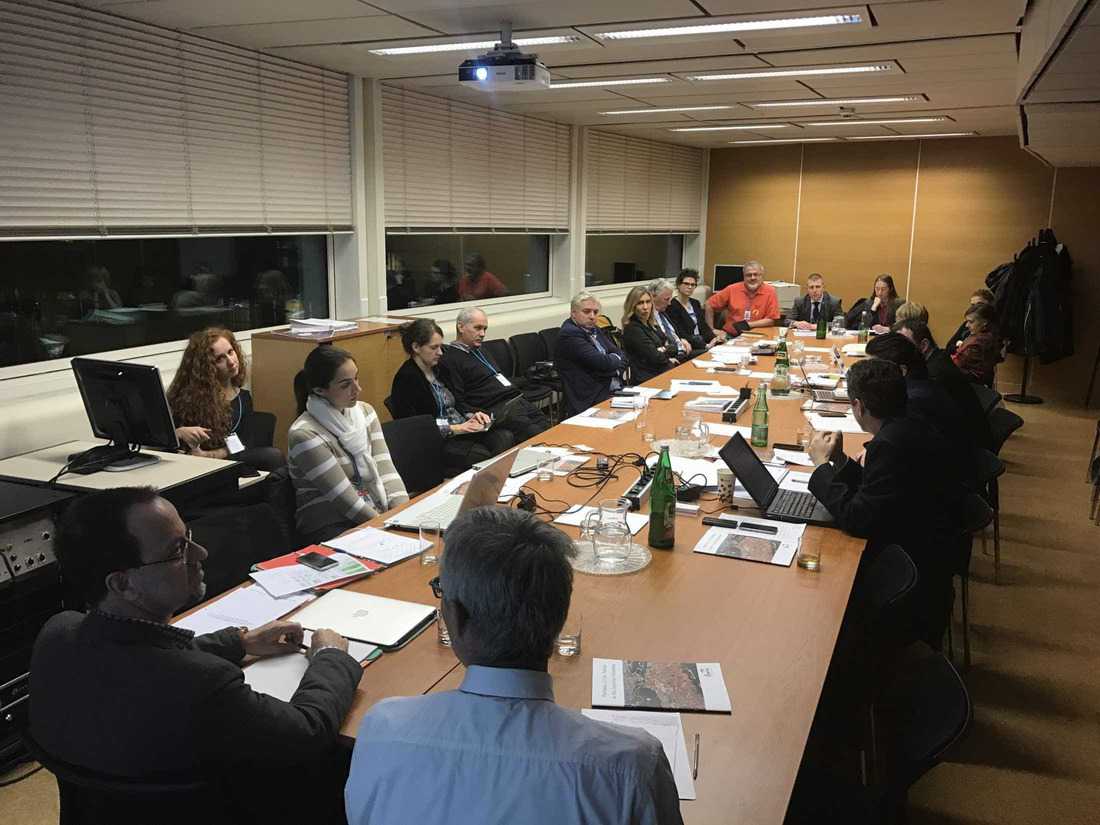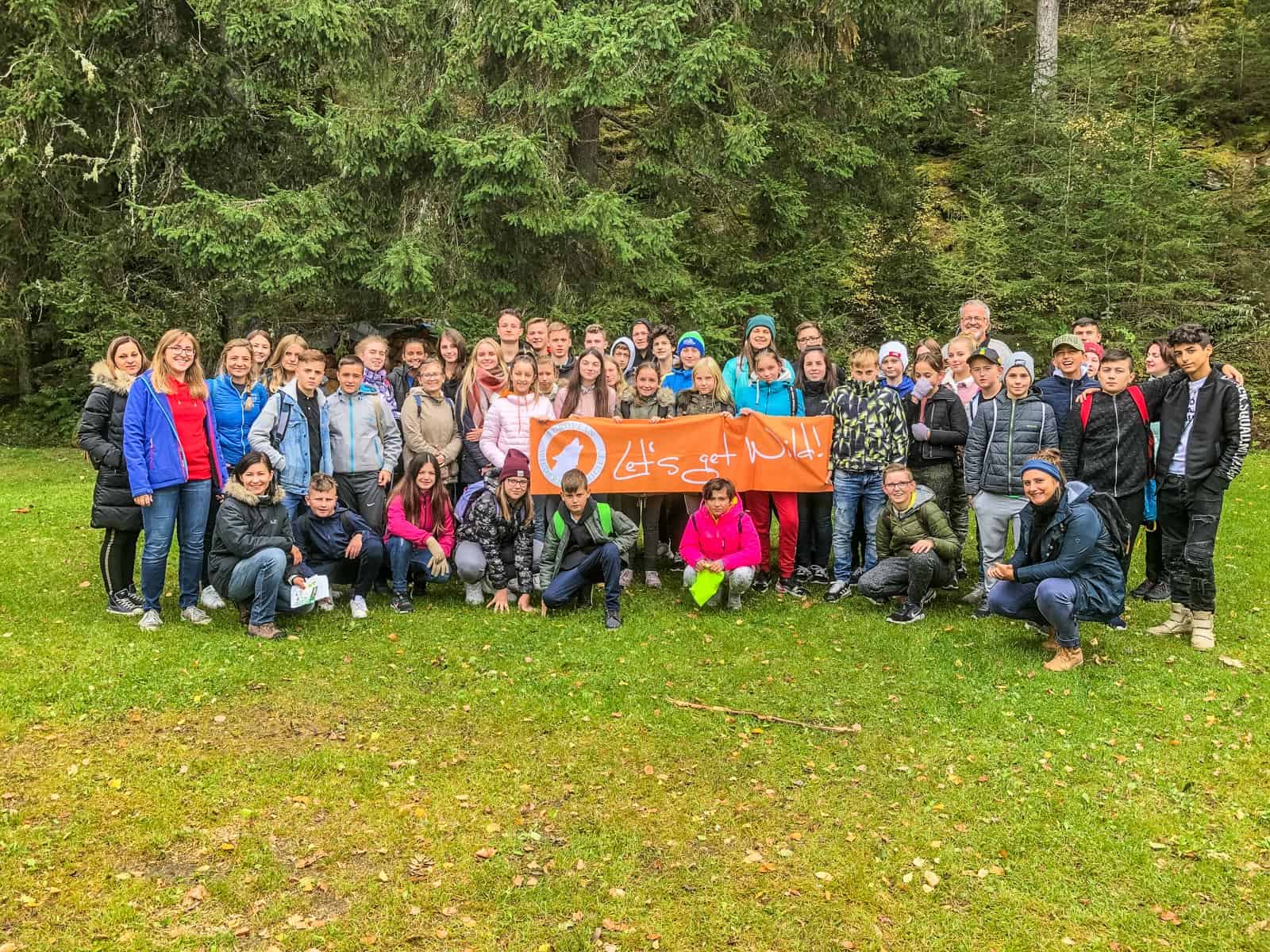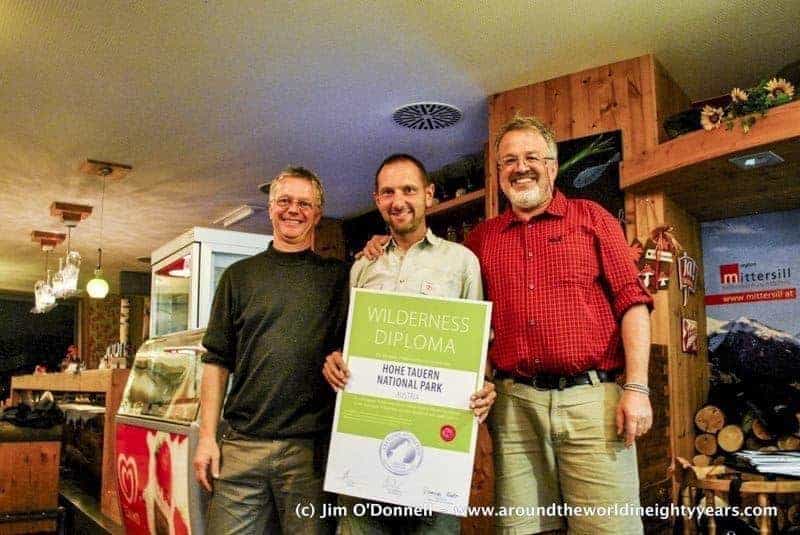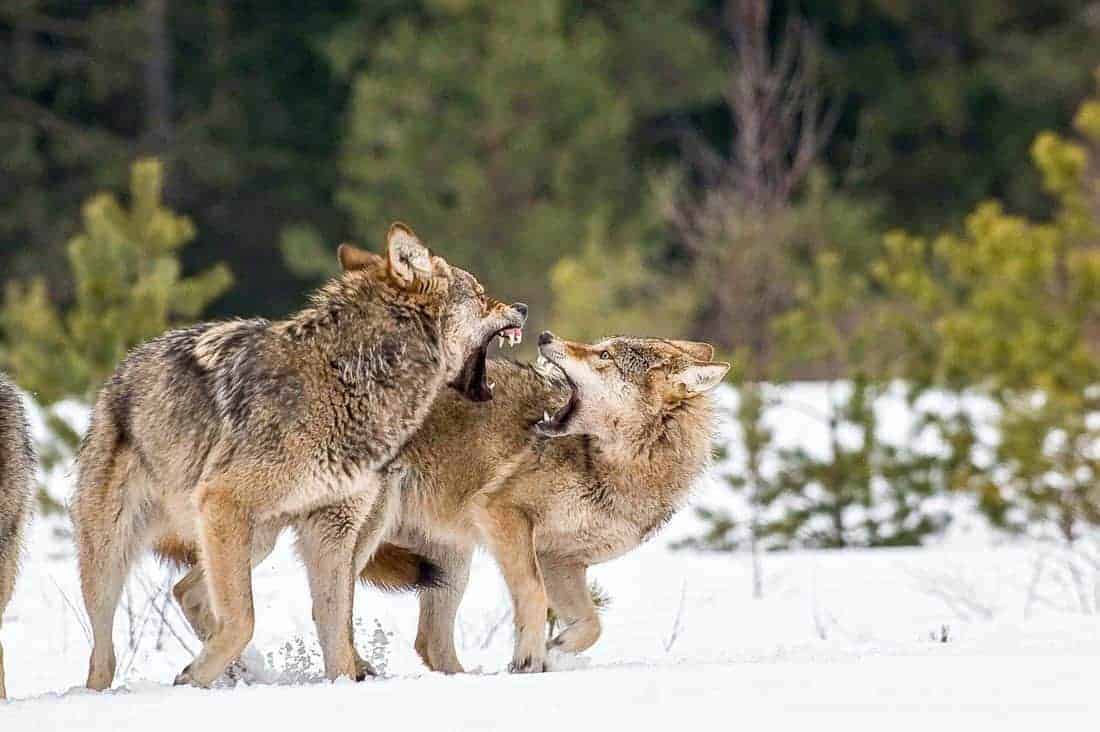New technologies meeting old methods solves current issues in agriculture
Agriculture and food production account for 34% of global green house emissions. It also has a massive impact on biodiversity, freshwater and the nutrient cycle of the soil. This is largely due to the selection of crops used, artificial fertilisers and their application, as well as livestock. However, new technologies and a return to traditional methods of farming could solve the majority of these issues.
Reducing and storing carbon
Moving forward, new technologies using sensors that know when and how much fertiliser to apply could cut down on indiscrimate spraying and emissions by 23% compared to current conventional techniques. The next step would be a total redesign of the system where groups of robots perform automated precision agriculture. The savings of which could be up to 1700kg of carbon emissions per hectare. Followed then by green methods for synthesizing fertilizers and switching to electric powered farm equipment run by renewables. Furthermore, selective breeding of high performing crops with improved absorption rates of nitrogen would maximise the potential of these technologies.
Decarbonising livestock
Livestock produce half the emissions within agriculture. Here too new technology combined with science can reduce this problem along with other associated costs. Using solar energy to power an electrochemical unit that uses CO2 captured from the atmosphere can produce an energy rich growth-medium for microbial protein cultivation used for animal feed. This can then be further purified to produce plant-based protein for human consumption. This results in a protein yield per square metre of 1.2kg as microbes direct most of their energy into producing protein instead of leaves and roots like other crops. That is ten times higher than soy. The next best alternative and a major reason for the deforestation of the Amazon rainforest and Cerrado savanna. Switching to the cultivation of these microbes for feed and protein would therefore undermine this cause.
Less land converted to grow feed means less fertilizer and less emmissions in growing and harvesting it. Microbes are also grown where there is little evaporation in sealed vats. Therefore greatly reducing the pressure on our limited natural freshwater systems.
Reconnecting with tradition
However, another recent study suggests that the solutions to the problems caused by modern agriculture could lie in a return to methods and diets common in the not so distant past. Europe used to be dominated by mixed crop and livestock farms. Recycling livestock manure to fertilize a diverse rotation of crops, including nitrogen-fixing legumes like clover and alfalfa, was common.
This all changed in 1909 with the discovery of the Haber-Bosch chemical process which involved combining high pressures and temperatures to extract nitrogen from the atmosphere. This technology revolutionised agriculture by making cheap synthetic fertilizers readily available. By 2015 it was estimated that 44% of the world’s population was fed using this process. However, for every ton of nitrogen extracted, it uses a ton of fossil fuels and releases 1.87 tons of CO2. This single process is therefore responsible for an estimated 1.2% of global greenhouse gas emissions.
The consequences
In addition to this, as farmers could now cheaply fertilise their soils and moved to a less diverse crop rotation. This resulted in a greater abundance of moncultures more vulnerable to pests and diseases and therefore a greater application of polluting pesticides. Furthermore, this reduction in a diverse rotation of crops with less nitrogen fixing varieties such as legumes which store it in their roots, means greater wastage and runoff.
“The plant-soil interface is very inefficient in terms of how it deals with nitrogen; only 50% of the nitrogen we apply as fertilizers is ending up in our food,”

This runoff washing into waterways causes poisonous algal blooms and nitrogen releasing into the atmosphere. The damage? Nitrogen has a climate warming potential 265 times greater than CO2! Furthermore, this process resulted in the disconnect of closely pairing livestock with cereal crops to fertilise the soil. As farmers converted more fertile land to produce crops and pushed livestock to the fringes it became necessary to import feed.
The solutions
By closely pairing livestock and crop cultivation, a modeling study for a 2050 scenario was able to dramatically reduce reliance on synthetic nitrogen fertilizers in favor of manure and legume headed crop rotation, resulting in a 57% reduction in nitrogen emissions. Another solution comes from reusing nitrogen extracted from domestic wastewater. Currently, the extracted nitrogen is regularly left to release into the atmosphere. Putting it back into agriculture, results in a saving of roughly 2 tons of fossil fuel for every ton of nitrogen recycled.
Finally, the reduction of the amount of meat consumed to about one third of the diet would further enhance solutions. Currently in Europe this percentage is roughly 55%, up from 35% in 1961, and so that target is definitely achievable.
“You cannot hope [to feed] all the world population [in] 2050 with a diet as rich in animal proteins as it is [today in] Europe or the United States. Between 30-40% [animal protein] is the maximum allowable…that can be shared by all populations in the world,”

Intergrating the best of both worlds
One in ten people are undernourished despite the fact that 30-40% of land is being used for agriculture. When you consider these pressures are only going to get worse as the population increases and so does the demand for food, combined with the associated environmental costs, then it is apparent that a major overhaul is needed if we’re are going to meet demand alongside the Paris agreement goal of limiting temperature increases to 1.5 Celsius. Current trends indicate that if we don’t change our current food system then we’re expected to blow our entire carbon budget by 2063. However, by combing these new and old approaches we could quickly change that starting with more traditional methods and then increasingly adopting new innovations.










Thank you for sharing information about technology mission in agriculture